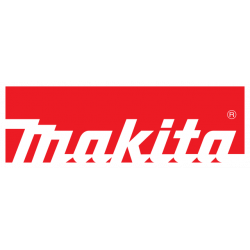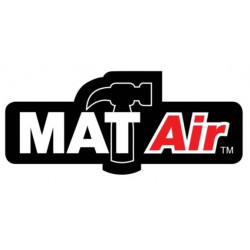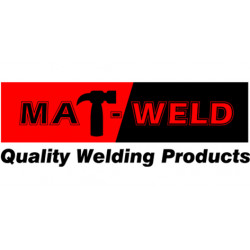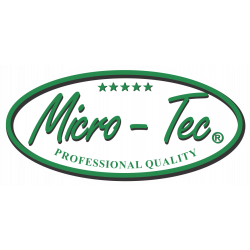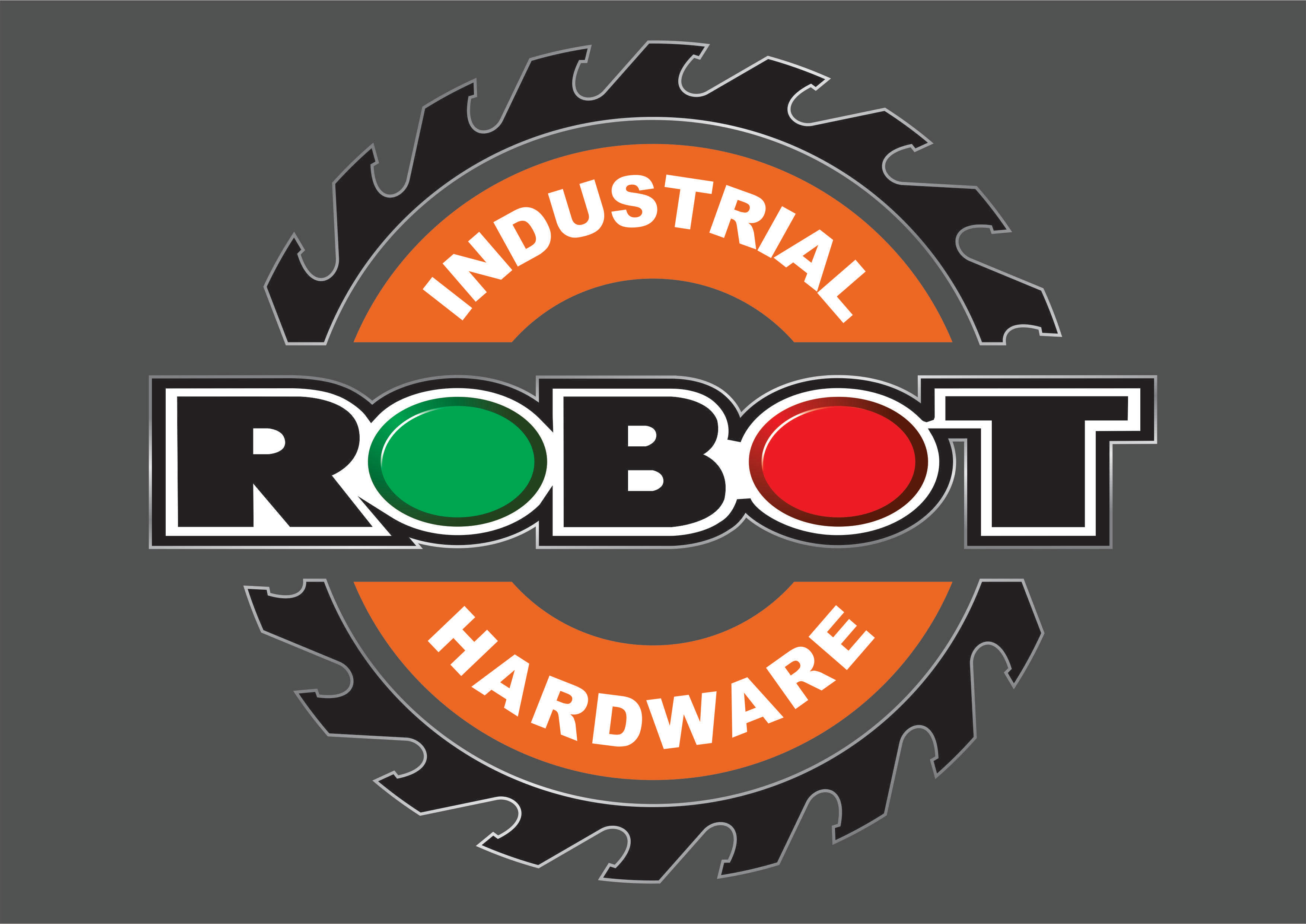



| Quantity | Unit Price | You Save |
|---|---|---|
| 3 or more | R 713.05 | 1.51 % |
| 6 or more | R 696.97 | 3.73 % |
| 12 or more | R 683.57 | 5.58 % |
- Stock: 148
- Model: TCCW20115-4
- Weight: 0.50kg
- Dimensions: 154.00mm x 172.00mm x 32.00mm
- SKU: TCCW20115-4
- UPC: 6009515819781
- MPN: 1
Cup Diameter: Ø115mm
Arbor: M14
MAX RPM: 13 300
Type: Laser Welded, Double Row
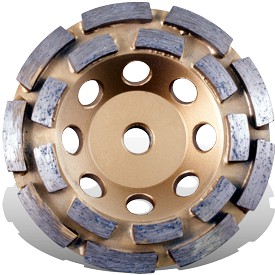
The cup grinding wheel is used with an angle grinder to clean granite, masonry, concrete and stone surfaces.
A diamond blade grinds, rather than cuts through material. The blades typically have segments which contain diamond crystals embedded throughout the segment for grinding through very hard materials.
Application:
- Ideal for polishing: concrete, granite, masonry & other construction material.
- Smooth uneven joints and surfaces on concrete & stones.
- Preparation of surface for polishing application on granite.
- Surface cleanup & levelling.
Fitment & Assembly
- Recommended to use with a compatible dust shroud and vacuum system to be fitted to a 115mm/125mm angle grinder.
- Screw the angle grinder auxiliary handle on either left or right side of the gear box for user comfort. Ensure the auxiliary handle is fitted correctly to the angle grinder.
- Adjust the angle grinder safety guard to allow for maximum operator protection.
- Tighten the guard hex screw securely, using the provided hex wrench to fasten.
- Press & hold down the spindle lock of the angle grinder, loosen and remove the outer (top) flange nut. Position the diamond cup wheel over the M14 spindle ensuring the inner (bottom) flange nut remains intact. Screw back on the outer (top) flange and use an angle grinder wrench to tighten the outer (top) flange.
What is a diamond blade?
A diamond blade is composed of a circular steel core and the diamond impregnated segments. The segments are seperated by slots in the core.
These slots assist in cooling the blade during operation by allowing water (wet cutting) or air (dry cutting) to flow between the segments. The segments or rims are a mixture of diamond powder and metal powders. The diamonds are industrial diamonds of different sizes and qualities depending on the material to be cut as well a the blade type.
How does a diamond blade work?
The individual diamond crystals exposed on the leading edge and the sides of the segment or rim carry out the cutting. The operator pushes the rotating blade into the material and the surface diamonds thus exposed mill a groove in the material. When the blade mills the material, the latter exerts wear on the blade. During cutting the exposed diamonds may crack or break. The material simultaneously starts to abrade the metal matrix, which releases more diamonds.
The more abrasive the material, the more rapid the tendency to wear down the matrix. Blades for cutting hard, denseless abrasive materials (such as tile, bricks, stone or cured concrete), require a softer metal matrix.
This will wear down faster, replacing the worn diamonds fairly quickly so that the blade continues to cut.
Blades for cutting soft, abrasive materials (such as green concrete and asphalt), must have a hard, abrasion-resistant metal matrix in order to retain the diamonds for a longer time.
Different methods of making diamond blades:
Laser welding:
Laser micro-fusion enables the segment to be welded to the core. This bond is the most powerful and enables the tool to be used for dry cutting and drilling without segment loss.
Brazing:
Silver brazing solder melts at high temperaturs between the segment and the core and binds the two elements together. Used for wet cutting, drilling and grinding.
Cold sintering:
First pressed with a press machine under normal conditions, then laid in sinter machine under high pressure and temperatures making the compressed metal powder melt to a solid bond.
Hot pressed sintering:
Pressed with hot press machine under high temperature and pressure, making the compressed metal powder melt to a solid bond.
Blade types:
Continuous smooth rim:
Provides the smoothest cut in ceramic tiles and ornamental stones.
Turbo/Segmented Turbo:
May produce slight chipping, but generally have a longer life and lower cost per cut than continous rim blades.
Segmented:
Provide the longest life and lowest cost per cut, but are only suitable for work where chipping is not a problem.
When cutting without water:
The blade should be allowed to cool off periodically. Cooling can be increased
by allowing the blade to spin freely out of the cut.
Features
- Wet/Dry grinding applications
- Durable cup shape construction
- 8 x Vent holes
- Holes to aid with cooling and dust extraction
| Description | Specification |
| Packaging Type | Clamp shell blister |
| Package Dimensions | 180(L) x 153(W) x 35(H)mm |
| Package Weight | 420g |
| Material | Steel body & Diamond segments |
| Max RPM | 13 300 |
| Cup diameter | Ø115mm |
| Cup body thickness | 3mm |
| Segment height | 5.5mm |
| Outer segment width | 7mm |
| Outer segment length | 25mm |
| Inner segment width | 7mm |
| Inner segment length | 18mm |
| Arbor | M14 |
| Segment Configuration | Double Row |
| Bond Type | Laser Welded |
| Recommended Tool | 115 / 125mm Angle Grinder |


















